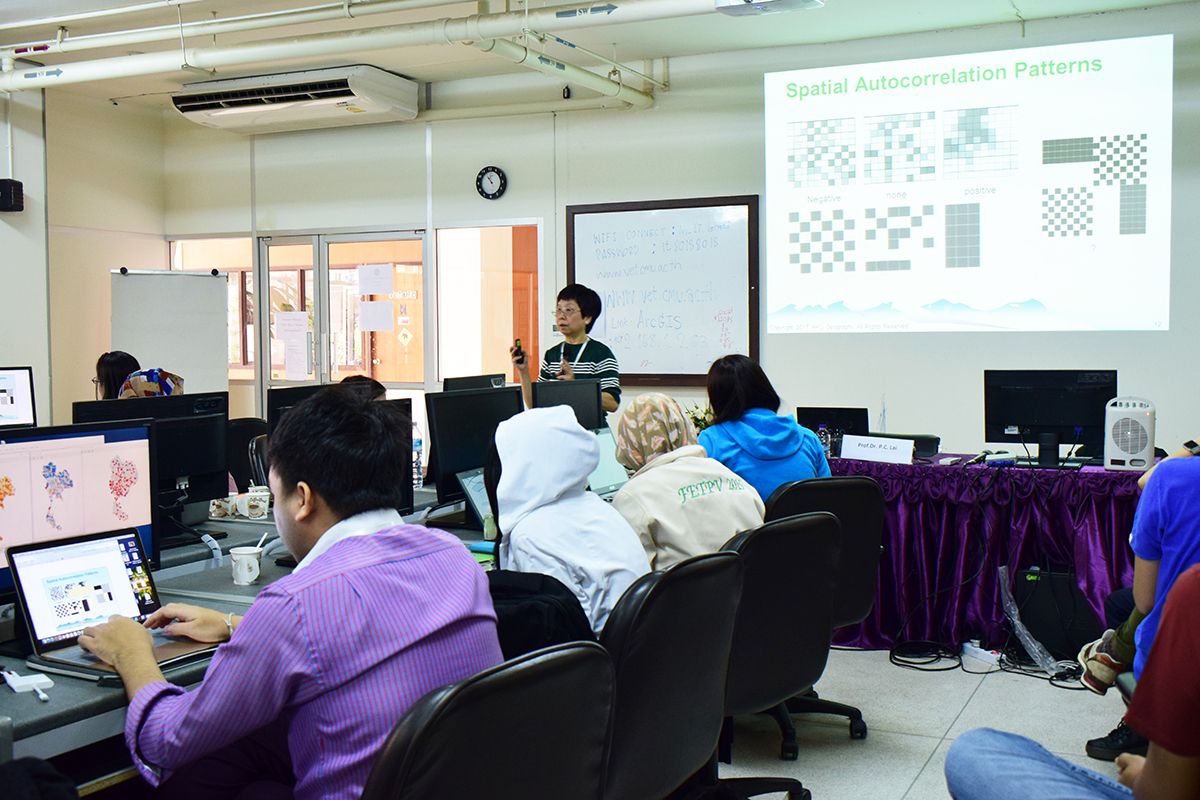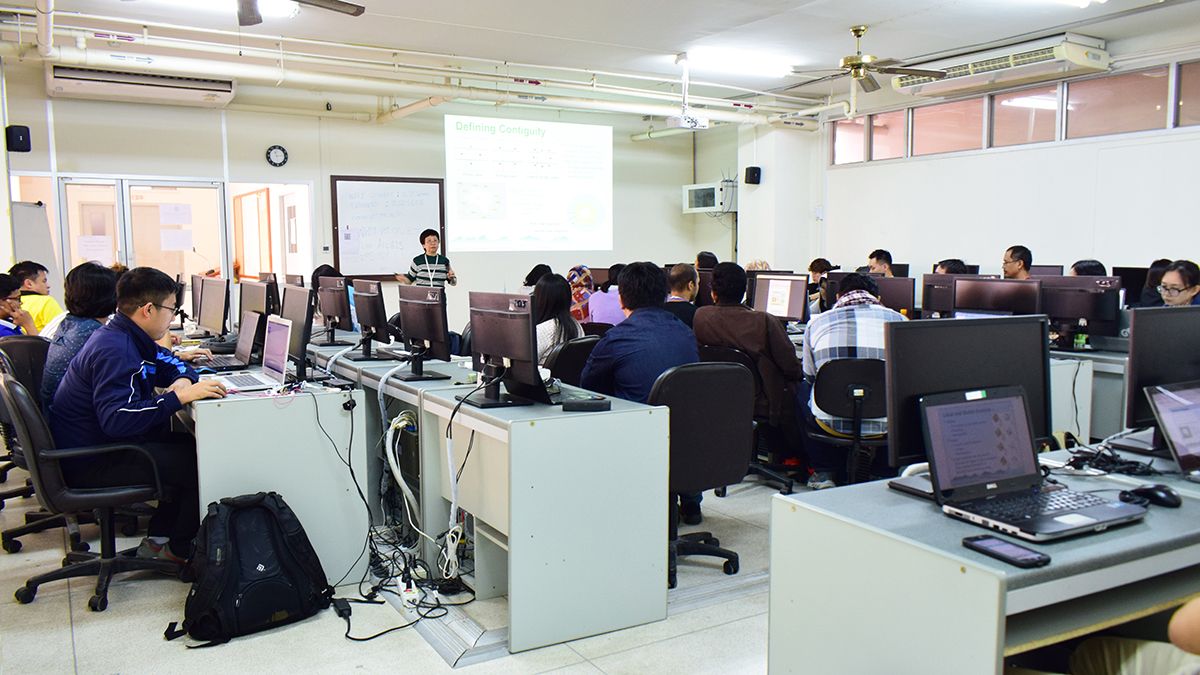
The study of the spatio-temporal distribution of disease cases is a cornerstone of epidemiology. Ignoring spatial and temporal dimensions in disease investigations can result in significant biases and misinterpretations. This course provided participants with fundamental knowledge on the application of Geographical Information Systems (GIS) and spatio-temporal analyses to improve the precision of both qualitative and quantitative assessments of disease outbreaks. Participants also learned to compare different populations and settings using quantitative and objective criteria, as well as to detect significant patterns that might otherwise remain imperceptible.

Objectives of the Workshop
-
Visualize spatial data using open-source software.
-
Understand and apply techniques for detecting spatial and spatio-temporal clusters and spatial autocorrelation.
-
Critically review spatial analyses published in peer-reviewed literature.
-
Practice writing, reporting, and communicating the results of spatial analysis.

The workshop was held from 4–6 December 2017 at the Faculty of Veterinary Medicine, Chiang Mai University. The course was honored by the participation of Prof. P.C. Lai, Asst. Prof. Dr. Paulina P.Y. Wong, and Dr. C.T. Low as instructors. A total of 38 participants from academic institutions and government agencies in six Asian countries—Thailand, Vietnam, Cambodia, Myanmar, Bangladesh, and Taiwan—took part in the training.